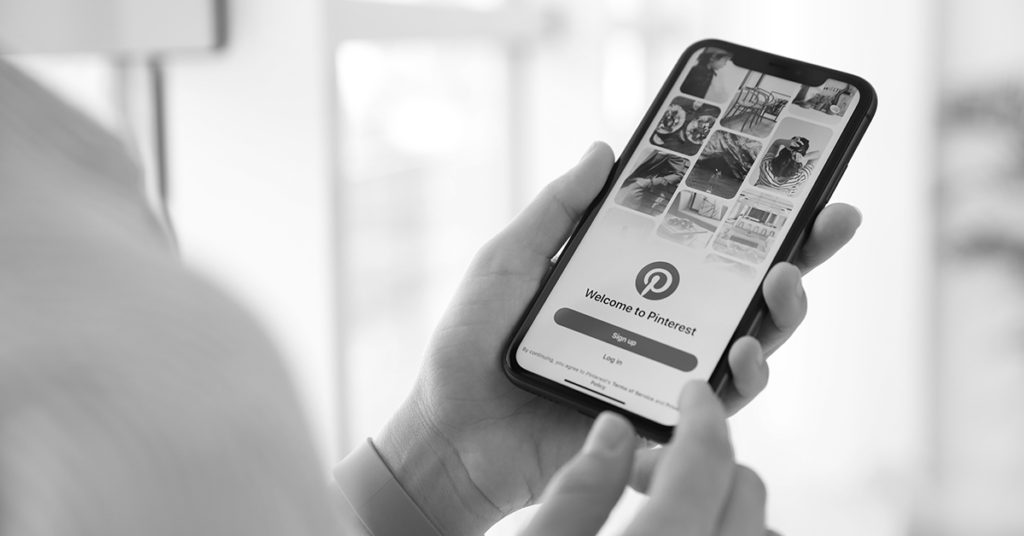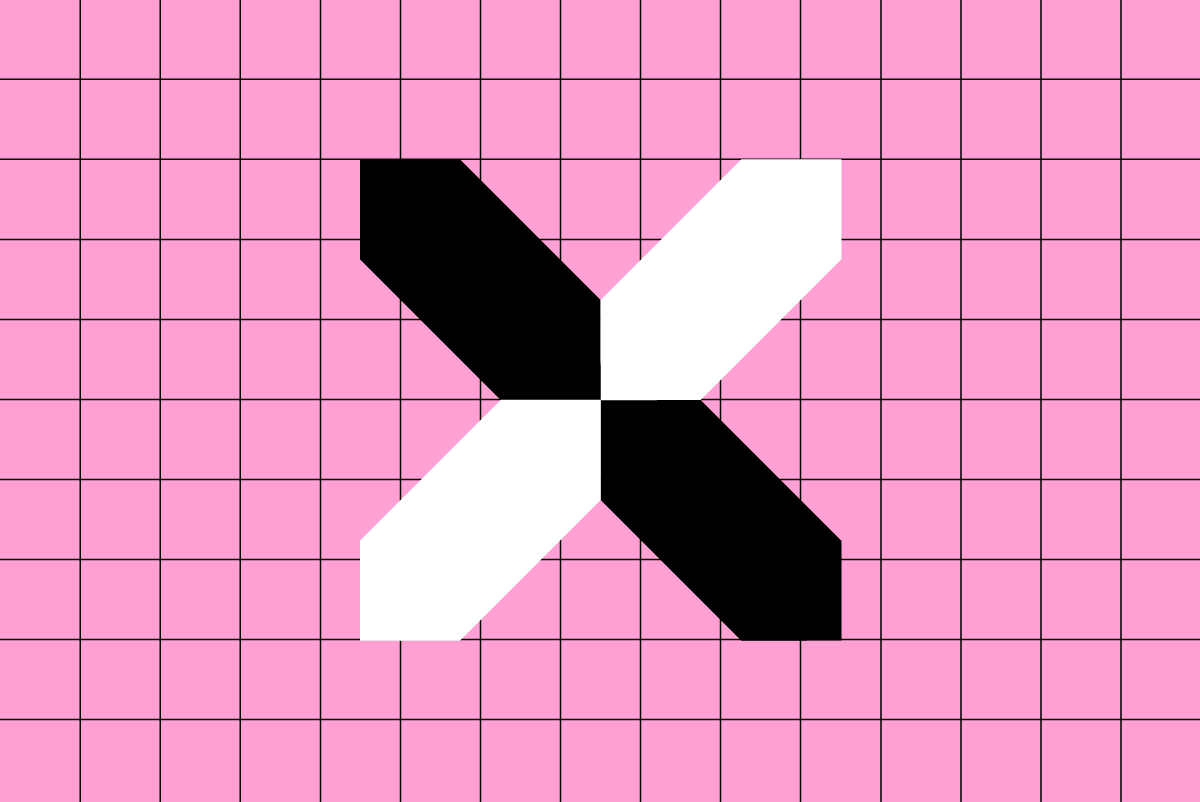Some might call it the resurrection of Pinterest and others might say it never really left, but what we do know is that the creative search engine platform is steadily on the rise.
We’ve collated all the information you need to know about Pinterest, using Pinterest for your business, and the ins and outs of Pinterest consumers, (otherwise known as ‘pinners’) so you can be informed on why this platform has the capability to maximise your marketing strategy, alongside the other major social media channels.
What is Pinterest?
Primarily, Pinterest is a search engine, the only social media search engine of its kind, a visual search tool that uses pins and boards to collate a digital library. It is a virtual pinboard with built-in organisational and bookmarking tools. Although some users only use it for its “mood board” layout or for aesthetic purposes, it is highly used for its capability to help users plan, dream, visualise and even shop!
There are currently 478 million active Pinterest users worldwide – now that’s a lot of users to engage with if you’re not already! There is a demographical slide towards female consumers with 6 out of ten users being of the female gender, although there has been an increase in male pinners over the past year.
For an outline of how to set up or navigate the platform, click here.
Language
As with any social media platform, there comes a stack of colloquial language bundled in for you to divulge, but we are here to help and have decoded the main ones for you.
Pins – an image, video or text that can link back to an original source such as your website. Pins can be re-pinned to personal boards and downloaded by users.
Repin – a pin that has been re-pinned onto a board/page other than its original source/creator.
Board – a digital bulletin/mood board where you collect and categorise your pins. Categorised by theme, topic, or event they can also be subdivided into more specific topics. E.G. Your “house renovations” board can be subdivided into categorised such as living room, kitchen, bedrooms, bathrooms, etc.
You can also request your business partners or friends to collaborate on boards with you, keep boards open to the public, or as a secret page.
Pin tag – tags added to pins to make tracking conversion easy.
Pinner – the consumers of Pinterest, such as a ‘grammer is to Instagram and Tweeters are to Twitter.
Using Pinterest for your business
Now let’s get down to the good stuff – why you should use Pinterest for your business.
What makes Pinterest stand out is the fact that consumers are already looking to plan and engage with brands. They are researching, and thus are receptive to branded content more effortlessly, as well as finding it useful, because that’s why they’re there.
This platform is largely an unbranded space, 97% of searches carried out on Pinterest in 2019 were unbranded (Pinterest, 2019). This shows that consumers are looking for diverse brands and are open to learning and engaging with smaller brands. More than 77% of weekly pinners, state that they have discovered new products or brands from Pinterest alone.
Every pin can be connected to an original source or website, and thus this platform is great for driving traffic and sales! With a tap of a finger, the user is transported to your website, more information, or connected to your whole range, as opposed to Instagram in which you need to go through the profile bio to find links.
Lastly, it is a space for inspiration. Due to the suggested search word feature, consumers are brought to your page without needing to actively search it out, and it can be brought to them by a visual search of similar images. There are over 240 billion pins saved on the platform as of this year, many of which could be your pins sitting in future customers profiles.
Recommendations
- When it comes to posting on Pinterest, we recommend that you post 1 pin per day. Although it’s easy to do a large upload and collect pins into a board all in one day, for best engagement, 1 per day is advised by Pinterest.
- Pinterest is a highly visual platform, so you should use high-quality images to ensure your business comes across well to consumers. The preferred format for Pinterest images is to keep your images to a ratio of 2:3, as pins are longer than they are wide.
- Short punchy captions are best, as well as adding in add-alternative-text-to-your-pins” target=”_blank” rel=”noopener”>alt text to your Pins – just as you would on your website – to make them accessible for all.
- Planning ahead is different on Pinterest than it is on other social media platforms, as it is more about posting for the future than getting ahead of schedule. Pinners are generally researching for the future and not necessarily for the now, so for businesses that are in the e-commerce space, we recommend pinning a season ahead to allow users to engage before they need to buy.
- To connect with your audience, create tutorials or DIY clips to inspire users further, and get creative.
Wrap it up
Given the statistics and benefits we’ve highlighted, we wouldn’t be surprised if you were pin-spired to sign up for your business today! There is a great potential for future business on Pinterest due to its ability to connect and reach millions of users across the world. If you’re looking to “pin” down your best marketing strategy yet and utilise the benefits of Pinterest for businesses, reach out to Oraco for support in this area.

